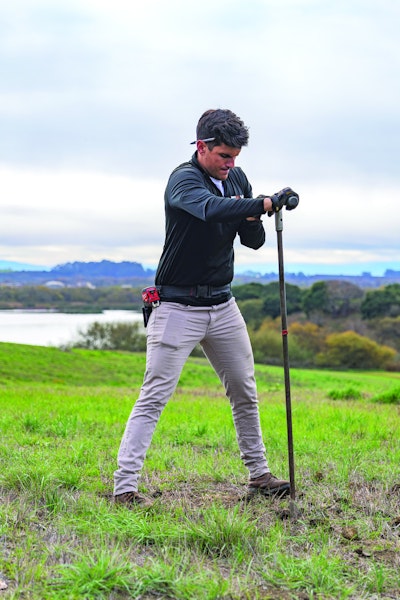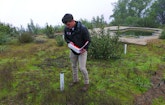
Fox Onsite Solutions, of San Jose, California, provides septic system design, permitting, and percolation and soil testing for a wide variety of projects. Owner Ryan Fox is shown out in the field.
Wastewater regulation is his family’s trade, but Ryan Fox chose a different direction. He started his own onsite business in northern California, becoming a young man in a field that needs to attract young people.
In 2018, at age 27, he founded Fox Onsite Solutions. It’s...











